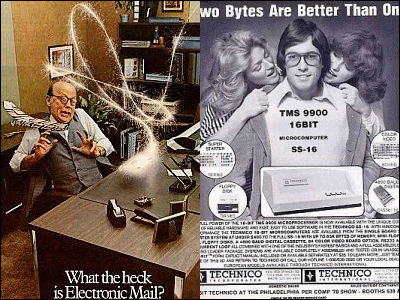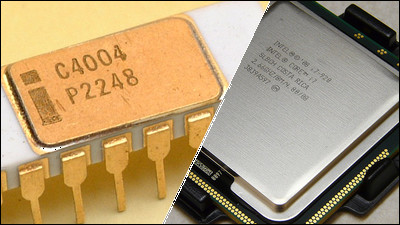What is 'magnetic core memory' that supported computer dawn more than 50 years ago?

by Benoitb
The
A look at IBM S / 360 core memory: In the 1960s, 128 kilowatts weighed 610 pounds
http://www.righto.com/2019/04/a-look-at-ibm-s360-core-memory-in-1960s.html
IBM is said to have cost $ 28 billion (approximately 10 trillion yen at that time) for System / 360, and $ 5 billion (approximately 1.80 billion yen) for magnetic core memory among them. The magnetic core memory mounted as a storage device on the System / 360 had an initial capacity of 16 KB, but was quickly improved to 32 KB and 64 KB. The System / 360, which was developed on a budget larger than the Apollo plan, was a huge success, and IBM has become a leader in the computer industry in the future.
Magnetic core memory was a mainstream storage device from the 1950s to the 1970s until the advent of semiconductor memory chips. One unit of the magnetic core memory consists of two electric wires, an annular ferrite core and a write line and a read line, and it stores 0 or 1 depending on the magnetic flux generated inside the core. Therefore, unlike many semiconductor memories, magnetic core memory is non-volatile, and it has specifications of random access and destructive readout.

It looks like this when looking at the actual magnetic core memory unit. The wires cross vertically and horizontally like a textile, and a ferrite core is mounted at the intersection. As you can see in comparison with the size of the finger, the size of one unit is very small.

The 64 KB magnetic core memory unit will inevitably be huge, as this single ferrite core will store one bit of information.

The most popular System / 360 model 40 can be borrowed from $ 9,000 (about 3.2 million yen) to $ 17,000 (about 6.10 million yen) a month, and by 1972 IBM will cost $ 1 billion for the model 40 alone It is said that the company has earned about (about 360 billion yen) in revenue. In System / 360, the computer system of CPU, power supply, and storage was put in one frame, and it succeeded in putting together in a quite compact size as at that time. Still, one frame size is about 150 cm x 60 cm, and it weighs 610 pounds (about 270 kg).

The next model, the System / 360 Model 50, was able to be borrowed for $ 18,000 a month (approximately 6.5 million yen) to $ 32,000 (approximately 11.5 million yen). Storage of magnetic core memory is IBM 2361 Large Capacity Storage , and its capacity is up to 256KB. It seems that it could be expanded to 512KB by adding storage frame.

The model 50 magnetic core memory unit looks like this. It consists of 18 magnetic core memories stacked horizontally, and a large number of harnesses used for connection are shown on the front. The core memory body consisting of the ferrite core and the electric wire can not be seen in the assembled state.

At the time, integrated circuits that combine transistors, resistors, and capacitors on a single chip were not introduced to the market, and parts that formed multiple resistors and capacitors and combined with transistors were part of the computer core unit. It was gone. The picture below shows a core unit with 16 driver gate boards connected with 32 transistors.

The driver gate board looks like this.

The driver gate board consisting of diodes and transistors generates a considerable amount of heat, so it is housed in a large frame with a fan attached to a metal case as shown in the following image.

These core memory systems support the advent of the computer age from the late 1950s to the 1960s. As manufacturing technology improves, the price of magnetic core memory, which was a few dollars per bit (about 1000 yen), drops rapidly to a few cents (several tens of yen), and by 1970 It is said that the above magnetic core memory was produced.
However, with the advancement of integrated circuits and semiconductor memory introduced in the late 1960s, in 1968 IBM moved the mainstream of development from magnetic core memory to semiconductor memory. In 1971 the System / 370 Model 145 , the world's first commercial computer with semiconductor memory, was released. As with Moore's Law , the capacity of integrated circuit memory increases rapidly as the price goes down. As a result, by the end of the 1970s, most of the memory on the market was replaced by semiconductor memory from magnetic core memory.
Related Posts:
in Hardware, Posted by log1i_yk







